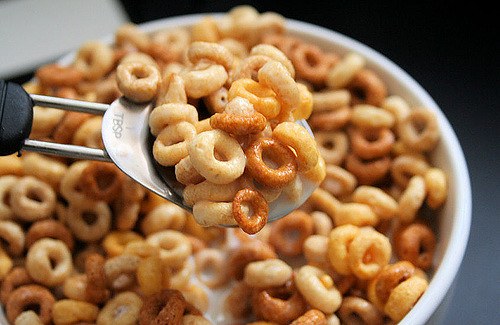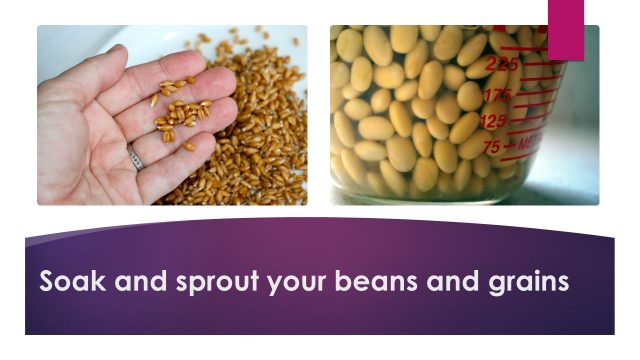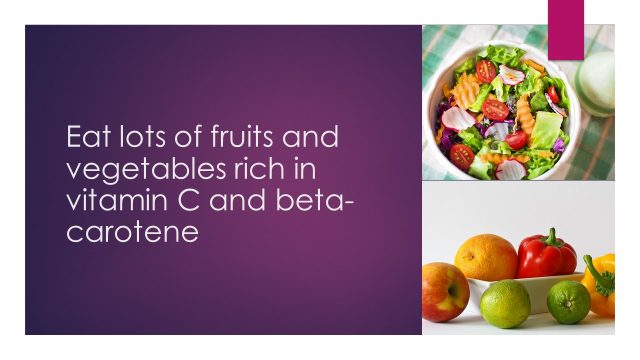Iron is an essential nutrient that the human body cannot do without. It is needed by the body to synthesize haemoglobin (red blood cell) as well as myoglobin (iron-binding protein in muscle) which are important proteins for cells respiration and energy production [1]. Deficiency in iron can lead to anaemia, i.e. insufficient haemoglobin concentration in blood. Anaemia is characterised by symptoms including shortness of breath, dizziness, headache, coldness in the hands and feet, pale skin and chest pain [2].
Iron deficiency is the most common nutritional deficiency affecting 42.6% of children and 29.4% of women of reproductive age worldwide [3]. In developing countries, iron deficiency and the resulting anaemia are typically due to insufficient dietary intake from subsistence diet and/or loss of blood from intestinal worm colonization. In high income countries, eating habits, including vegetarian diet is often cited as one of the common causes [4]. Is this justifiable?
Are vegetarians at risk of iron-deficiency anaemia?

According to a latest study that systematically reviewed and meta-analysed currently available research on the iron status of vegetarian adults, the iron stores of vegetarians, measured in serum ferritin levels, is significantly lower than non-vegetarians. The study also found that the effect is more pronounced in men than women [5]. Therefore, vegetarians will tend to have lower levels of iron stores in the body. However, this does not mean that vegetarians will be more prone to iron deficiency anaemia since lower iron stores have not been shown to have any adverse effect on body functions [6]. On the contrary, lower iron stores can be a protective factor for chronic diseases, including diabetes type II [7] and metabolic syndrome [8]. Only in cases of chronic or acute blood losses gastrointestinal bleeding or severe injuries that depleted iron stores increases the risk iron-deficiency anaemia [5]. Hence, healthy vegetarians who eat a varied and well balanced diet are not at any greater risk of iron deficiency anaemia than non-vegetarians [6].
Which plant-based food contain iron?
There are two types of iron in food: haem and non-haem iron. Haem iron is found only in animal products, whereas non-haem iron is found in both plant-based and animal-based food. Haem iron comes from haemoglobin and myoglobin in animals and it is easier to absorb by the body, contributing to more than 40% of total absorbed iron by non-vegetarians [9]. Non-haem iron is much less well absorbed than haem iron, but it is more widely available in wholegrain cereals and bread; beans and legumes; dark green vegetables; dried fruits; nuts and seeds. Most breakfast cereals are also fortified with iron nowadays [6]. Therefore, there is no lack of supply of iron from plant-based sources, in fact plant food supply the majority of iron in the diet even for non-vegetarians [6].
How to enhance iron absorption?
Not all the dietary iron is absorbed by the body. The body has no known mechanism to excrete any excess iron from the body, therefore it regulates the absorption of non-haem iron based on the balance if iron in the body. Dietary factors such as phytate, polyphenols, calcium, animal proteins can inhibit the absorption iron, whereas vitamin C, organic acids, vitamin A and beta-carotene are known to enhance the absorption of iron [9]. The efficiency of iron absorption depends on the consumption of the present of these inhibitors or enhancers consumed together [10]. Hence, it is important to learn how to reduce the effect of inhibitors and enhance the absorption of iron through dietary habits as follows:
- Legumes, nuts, wholegrain cereals, and brans are good plant-based sources of iron; however, they also contain a high level of phytate. It is best to processing the grains and legumes with methods such as soaking, sprouting, and leavening (of bread) to reduce their phytate level.
- Tea, coffee, cocoa and red wine all contain high polyphenols that are known to inhibit the absorption of iron. It is advisable to avoid consuming these beverages during meal time. They should be consumed between meals or at least an hour after meal [11].
- Calcium and protein from cow milk and dairy products can also inhibit the absorption of non-haem iron, even though newer research is now showing that the effect may be negligible over long term [12]. Nonetheless, it is still prudent to reduce the consumption of milk and dairy products in a plant-based diet for better iron bioavailability.
- Fresh fruits and vegetables are high in vitamin C, organic acids, vitamin A and beta-carotene. They should be consumed with every meal.
Conclusions
Vegetarians are not at any greater risk of iron deficiency anaemia than non-vegetarians. Plant-based diet can provide a sufficient supply of non-haem iron for the need of the body, although care should be taken to ensure optimal iron absorption through healthy dietary habits.
References
[1] N. Abbaspour, R. Hurrell, R. Kelishadi, Review on iron and its importance for human health., J. Res. Med. Sci. 19 (2014) 164–74. http://www.ncbi.nlm.nih.gov/pubmed/24778671 (accessed April 16, 2017).
[2] Anemia: Symptoms – National Library of Medicine – PubMed Health, (n.d.). https://www.ncbi.nlm.nih.gov/pubmedhealth/PMHT0022311/ (accessed April 16, 2017).
[3] WHO, THE GLOBAL PREVALENCE OF ANAEMIA IN 2011, World Health Organization, Geneva, 2011. http://www.who.int/about/licensing/copyright_form/en/index.html (accessed April 16, 2017).
[4] C. Camaschella, Iron-Deficiency Anemia, N. Engl. J. Med. 372 (2015) 1832–1843. doi:10.1056/NEJMra1401038.
[5] L.M. Haider, L. Schwingshackl, G. Hoffmann, C. Ekmekcioglu, The effect of vegetarian diets on iron status in adults: A systematic review and meta-analysis, Crit. Rev. Food Sci. Nutr. (2016). doi:10.1080/10408398.2016.1259210.
[6] A. V Saunders, W.J. Craig, S.K. Baines, J.S. Posen, Iron and vegetarian diets, Med. J. Aust. 199 (2013) S11–S16. doi:10.5694/mjao11.11494.
[7] E. Orban, S. Schwab, B. Thorand, C. Huth, Association of iron indices and type 2 diabetes: a meta-analysis of observational studies, Diabetes. Metab. Res. Rev. 30 (2014) 372–394. doi:10.1002/dmrr.2506.
[8] M.K. Padwal, M. Murshid, P. Nirmale, R.R. Melinkeri, Association of Serum Ferritin Levels with Metabolic Syndrome and Insulin Resistance., J. Clin. Diagn. Res. 9 (2015) BC11-3. doi:10.7860/JCDR/2015/13480.6564.
[9] R. Hurrell, I. Egli, Iron bioavailability and dietary reference values., Am. J. Clin. Nutr. 91 (2010) 1461S–1467S. doi:10.3945/ajcn.2010.28674F.Am.
[10] J.R. Hunt, Bioavailability of iron , zinc , and other trace minerals from vegetarian diets, Am. J. Clin. Nutr. 78 (2003) 633S–9S.
[11] M. Nelson, J. Poulter, Impact of tea drinking on iron status in the UK: a review., J. Hum. Nutr. Diet. 17 (2004) 43–54. http://www.ncbi.nlm.nih.gov/pubmed/14718031 (accessed April 17, 2017).
[12] L. Grinder-Pedersen, K. Bukhave, M. Jensen, L. Højgaard, M. Hansen, Calcium from milk or calcium-fortified foods does not inhibit nonheme-iron absorption from a whole diet consumed over a 4-d period., Am. J. Clin. Nutr. 80 (2004) 404–9. http://www.ncbi.nlm.nih.gov/pubmed/15277162 (accessed April 17, 2017).











